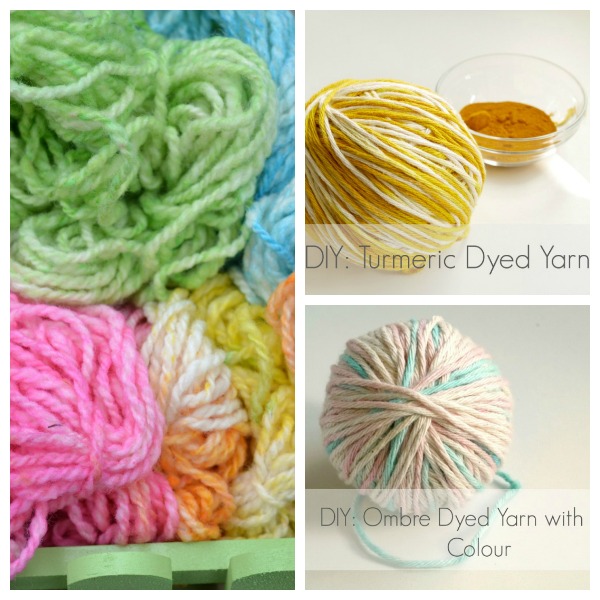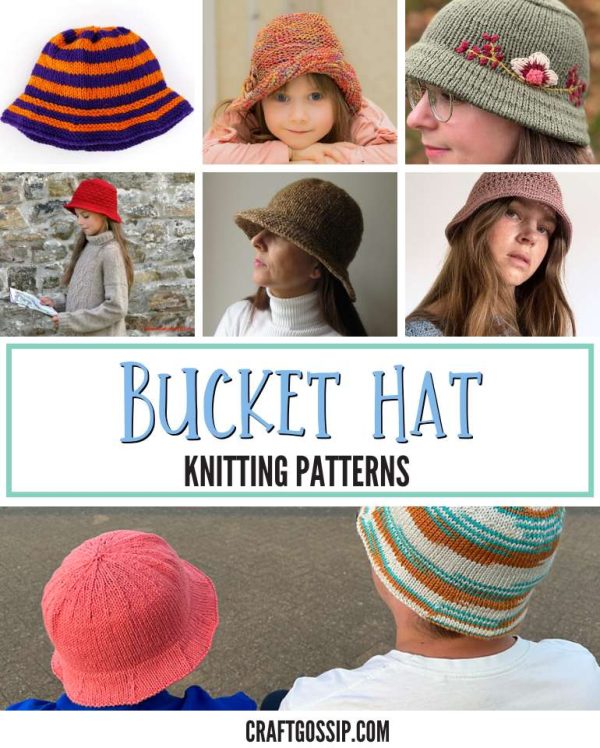 Over the weekend, when we were done dyeing our Easter eggs, I decided to use some of the leftover dye to dye some yarn. It’s really simple and if you use vinegar in the dye solution the colors should be pretty fast (though the pink has been rubbing off all over as I knit with it).
Over the weekend, when we were done dyeing our Easter eggs, I decided to use some of the leftover dye to dye some yarn. It’s really simple and if you use vinegar in the dye solution the colors should be pretty fast (though the pink has been rubbing off all over as I knit with it).
Dyeing yarn with basic stuff you already have on hand or natural materials you can easily procure is a lot of fun. These methods are great to use around kids, too, because they’re not toxic like some chemical dyeing situations would be.
I’m not the only one with dyeing on the brain lately. Portia at Makery UK has been doing some dyeing, too, using tumeric to make an ombre cotton yarn and food coloring in a series of small bowls to make another multicolored yarn that came out really subtle and pastel for spring.
If you’re looking for other ways to play with dye at home, try dyeing with Kool-Aid, dandelions or strawberries (other fruit would work, too).
Have you ever dyed yarn before? I’d love to hear about it!
 As I was starting to write this post I thought that it was true that I’d never done a roundup of bucket hat knitting patterns before. But then I looked, and I actually did one last year (which you can find
As I was starting to write this post I thought that it was true that I’d never done a roundup of bucket hat knitting patterns before. But then I looked, and I actually did one last year (which you can find
I tried Kool-Aid dyeing once with my kids. The yarn came out well, and was all sorts of colors, but it never lost the smell!
The colors will strike a lot faster and be much more wash and rub fast if you steam the yarn after dyeing. You can do this in the microwave in ziplock bags or a glass dish, or in mason jars in a stock pot water bath. It was all ready to rinse as soon as it cooled off from steaming, with no bleeding or crocking in the rinse or after they were dry.
The kids and I dyed around 10 oz of wool roving and a skein of fingering weight yarn with the dye left over from doing our Easter eggs. It’s become a tradition. 🙂